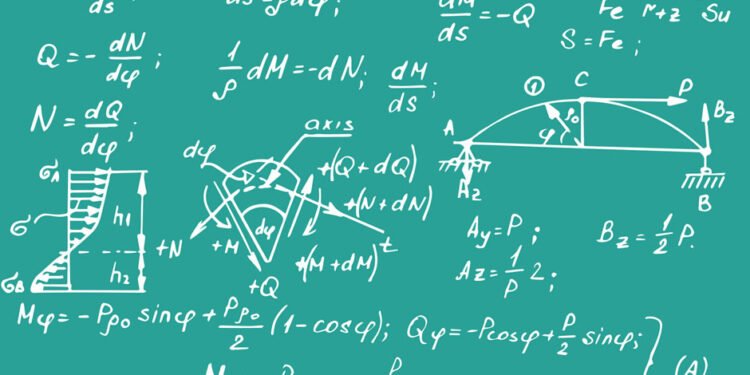Sig fig cal is a concept used in science and engineering that allows for determining the accuracy of measurements and performing arithmetic operations taking this accuracy into account. Significant figures are the fundamental element of sig fig cal and determine the amount of information that can be obtained from measurements.
Definition and significance of significant figures
Significant figures are the digits in a number that provide information about the accuracy of measurements. In general, a number can have one or more digits that are considered significant, followed by non-significant digits. For example, in the number 3.14159, all the digits except the last 9 are considered significant.
The significance of significant figures lies in determining the accuracy of measurements. The more significant figures there are in a number, the more accurately it reflects the measured quantity.
Arithmetic operations with sig figs
When performing arithmetic operations with sig figs, certain rules should be followed. Rounding rules are applied to determine the final number of significant figures in the result of the operation.
Addition and subtraction: The result should have the same number of significant figures as the least precise number involved in the operation.
Multiplication and division: The result should have the same number of significant figures as the number with the least significant figures used in the operation.
Rounding significant figures
Rounding significant figures is an integral part of sig fig cal. Rounding occurs after performing arithmetic operations and can change the number of significant figures in the result.
The rounding rules are based on the last significant digit and the next digit after it. If the next digit is less than 5, the last significant digit remains unchanged. If the next digit is 5 or greater, the last significant digit is increased by 1.
Examples of sig fig cal usage
Calculating density
Suppose we have the mass and volume of some object and we want to calculate its density. If the mass has 3 significant digits and the volume has 4 significant digits, then the density must be labelled with 3 significant digits.
Unit Conversion
Suppose we have a length in metres and we want to convert it to feet. If the length has 2 significant digits, then after conversion, the answer should also contain 2 significant digits.
Calculating percentages
Suppose we have the number of people who chose one of the two options given and we want to express it as a percentage. If the number of people has 3 significant digits, then the percentage must also have three significant digits.
Diving into details: additional aspects of measurement
Determining the measurement accuracy
Determining the measurement accuracy is very important when using signs. The more significant digits, the more accurately the measured value is displayed.
Meaning of zeros and ones in signts
The zeros and units before and after significant digits can be important when calculating signts. For example, 1000 and 0.001 have one significant digit, even though the digit itself is zero.
Conclusions
Sigma calculations are a convenient tool for determining the accuracy of measurements and performing arithmetic operations with this accuracy in mind. Correct use of significant digits and rounding rules guarantees accurate results. Examples of the use of sig fig cal demonstrate a wide range of its application in various fields of science and technology.












